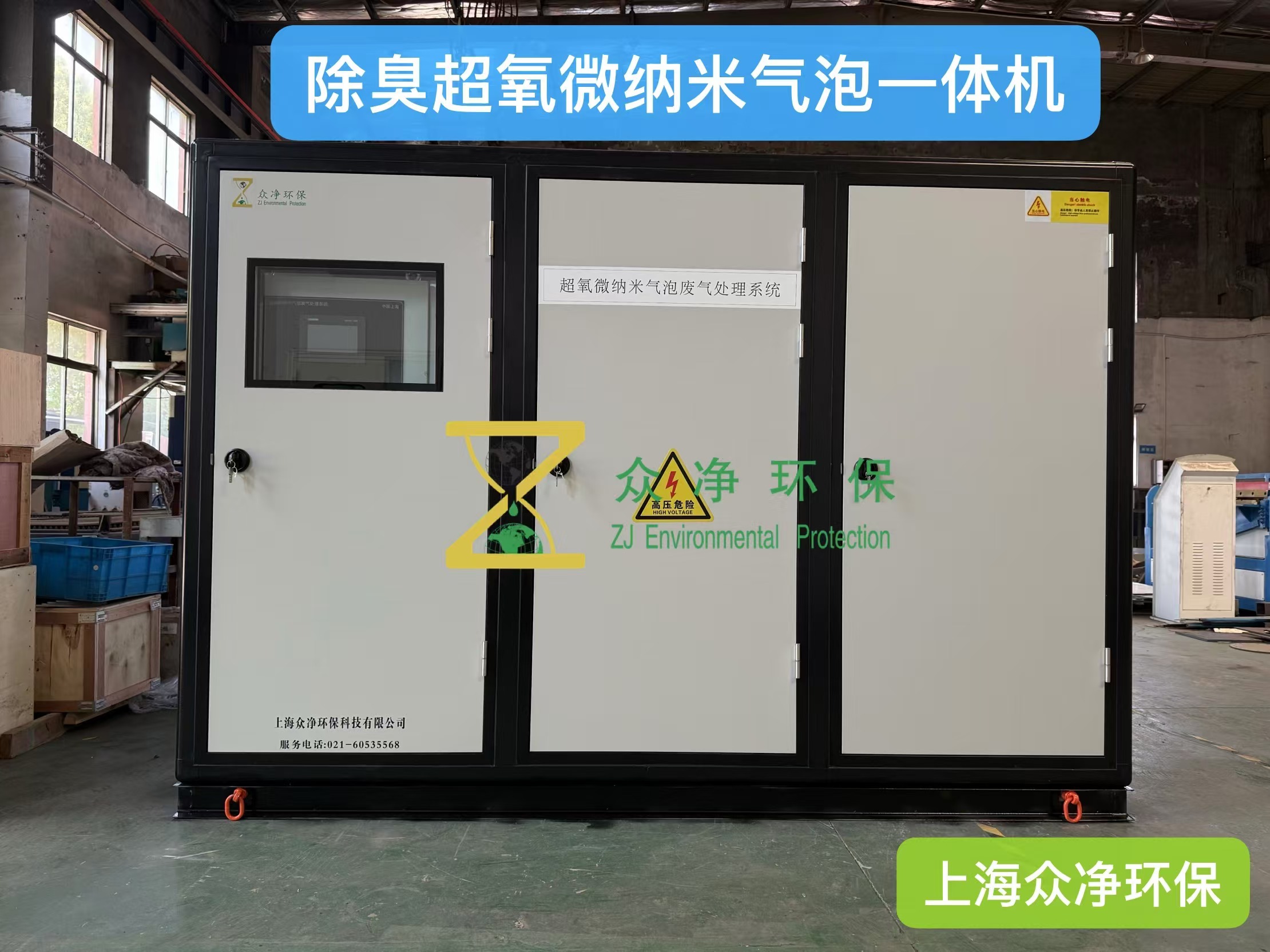Exhaust gas deodorization and superoxide micro nano bubble technology: an innovative solution for odor control
Click:1555Date:2025-05-06 04:37:09
Exhaust gas deodorization and superoxide micro nano bubble technology: an innovative solution for odor control
In the fields of industrial production, waste disposal, sewage treatment, etc., the problem of foul odor generated by exhaust gas not only seriously affects the surrounding environment and residents' quality of life, but also may pose a potential threat to human health. Traditional deodorization technologies such as activated carbon adsorption and chemical washing have limitations such as low efficiency and secondary pollution. However, superoxide micro nano bubble deodorization technology, with its unique physical and chemical properties, has become an innovative tool in the field of exhaust gas deodorization, providing new ideas and efficient solutions for odor control.
Deodorization principle of superoxide micro nano bubble technology
Superoxide micro nano bubble technology is a product that combines superoxide with micro nano bubble technology. Micro nano bubbles have extremely small particle sizes (usually between 100 nanometers and 10 micrometers) and a huge specific surface area, which allows superoxide gas to be fully encapsulated inside the bubbles and form a stable dispersion system in the liquid phase. When superoxide micro nano bubbles come into contact with exhaust gas, the negative charge on their surface attracts the positively charged odor molecules, promoting full contact between the two.
At the same time, superoxide, as a strong oxidant, has extremely strong oxidizing ability. At the moment of micro nano bubble explosion, superoxide is released, which can quickly react chemically with odorous substances such as hydrogen sulfide, ammonia, and methyl mercaptan, decomposing them into harmless or low-risk small molecules such as carbon dioxide, water, and sulfate. For example, hydrogen sulfide (H ₂ S) can be oxidized by superoxide to sulfate ions (SO ₄² ⁻), while ammonia (NH ∝) is oxidized to nitrogen gas (N ₂) and water (H ₂ O), thereby eliminating odors from the source. In addition, the micro jets and free radicals generated by the rising process of micro nano bubbles can further enhance the reaction rate between superoxide and odorous substances, and improve the deodorization effect.
The advantages of superoxide micro nano bubble technology
Compared with traditional deodorization techniques, superoxide micro nano bubble technology has significant advantages. Firstly, it has high deodorization efficiency and can quickly and deeply oxidize and decompose various odorous substances, effectively treating exhaust gases with complex components; Secondly, there is no secondary pollution. The products of superoxide decomposition of odorous substances are mostly harmless small molecules, and unreacted superoxide will decompose into oxygen on its own, without introducing new pollutants; Thirdly, the equipment has high integration, and the superoxide micro nano bubble generation device occupies a small area and can be flexibly installed in existing exhaust gas treatment systems. It is easy to operate and can adjust parameters such as superoxide concentration and bubble generation in real time through an intelligent control system; Fourthly, the operating cost is low. Compared with activated carbon adsorption, which requires frequent replacement of adsorption materials and chemical washing, which consumes a large amount of chemicals, superoxide micro nano bubble technology only requires a small amount of electricity and oxygen, and has lower maintenance costs.




 Home
Home

